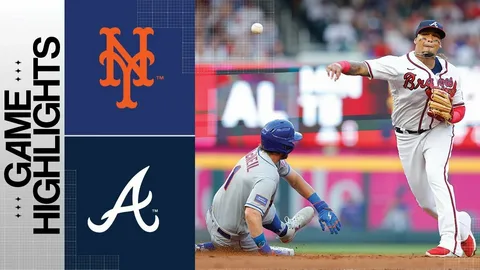After years of sign-stealing scandals, MLB is introducing a new device called PitchCom that will allow catchers to communicate with pitchers in an entirely different way. Catchers will press a button on the device that relays an audio signal to the pitcher’s hat.
The cutoff man is a defensive play that occurs when an outfielder is too far away from a base to get the throw in. Typically the middle infielder will become the cutoff man to record an out.
The Outfielder
The outfielder is the defensive position farthest from the batter in MLB. As such, they are responsible for trying to catch long fly balls and quickly locating and returning to the infield any other balls that enter the outfield.
Outfielders are most commonly credited with assists when they throw the ball to an infielder who tags a runner attempting to advance past their base (see tag-up). In addition, outfielders earn a large number of assists on thrown balls they directly touch that make it all the way to the infield for an out.
When a ball is hit to a relay position, the lead cut off man is expecting to take the throw. The trail man, a second baseman in this case, is about 25-30 feet behind him ready to give him direction and act as backup in the event of an overthrow. The trail man will also help him to determine whether the ball is going to 2b or home depending on the situation with runners.
The Relay Man
Once the outfielder fields the ball to begin the relay it is important that they field it cleanly and make a good throw. The throw should go chest high and be in the direction of their glove hand side.
Next it is up to the relay man to get into position. The relay man is typically an infielder – second baseman in this case – and should position themselves somewhere between where the outfielder is and third base. The relay man should also be in line with third base so that if the throw is overthrown it will still end up at third base.
The cutoff man should be able to see runners, read the trajectory of the throw and freeze any backside runner from advancing. To do this the cutoff man must be at proper depth and in precise alignment. This takes a lot of practice.
The Throw
Getting into position to receive the throw is important for both the lead and trail cut off men. It is crucial to make sure they are in a direct line from where the ball is being thrown from and where it is going to end up. If the throw comes from foul territory this is even more critical because the catcher has to angle his body away from the runner in order to catch the ball.
Ideally, the lead cut off man will work to get into a position where the ball is being thrown at chest height. This makes it easier to handle and will get the runner home much quicker than a high rainbow throw.
After the Red Sox and Yankees were reprimanded for sign-stealing last year and after five years of sign-stealing being in the spotlight MLB is finally making an effort to eliminate it. They are allowing players to use a new device called PitchCom that will allow them to relay pitch signals with their hands while keeping the information from being stolen from other teams.
The Third Baseman
A good third baseman is able to recognize situations for baseball relays and double cuts, be quick to get into position, and make the relay throw as quickly as possible. This article covers the best way to position yourself as a cut off man when taking a ball from an outfielder and gives some pro tips to help your players perform this task with success.
The first step is to set up your players as the lead cut off man and communicate with them where they need to be in relation to everyone else on the field. Staying about 20-30 feet behind the leader is key to staying out of trouble if they let the ball go and it reaches a runner.
Once all your players are in position and the lead cut off man is ready to take the ball, you signal to him that he is to begin the relay. Once the signal is given he turns and begins to make the throw to third. MLB중계
